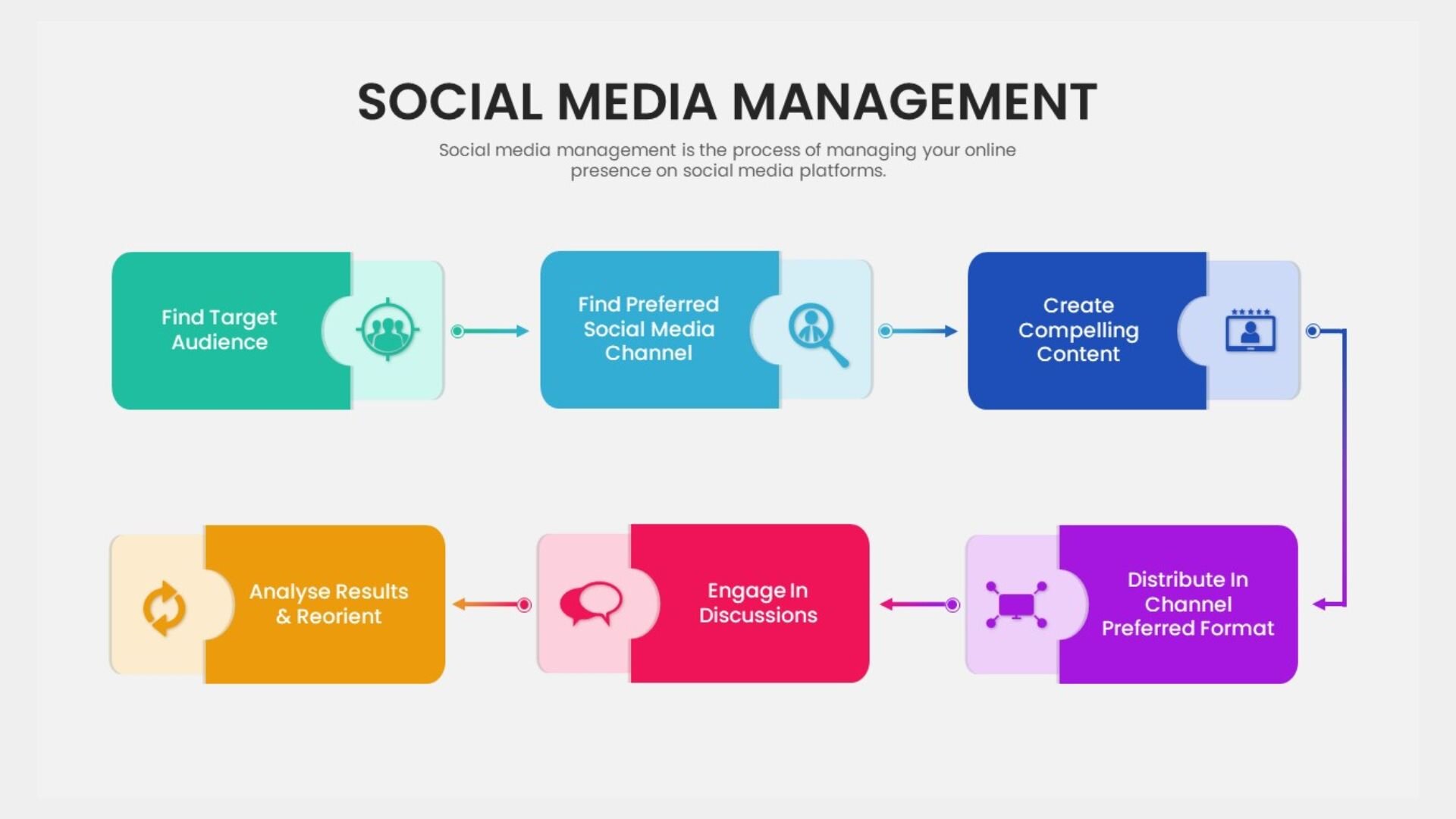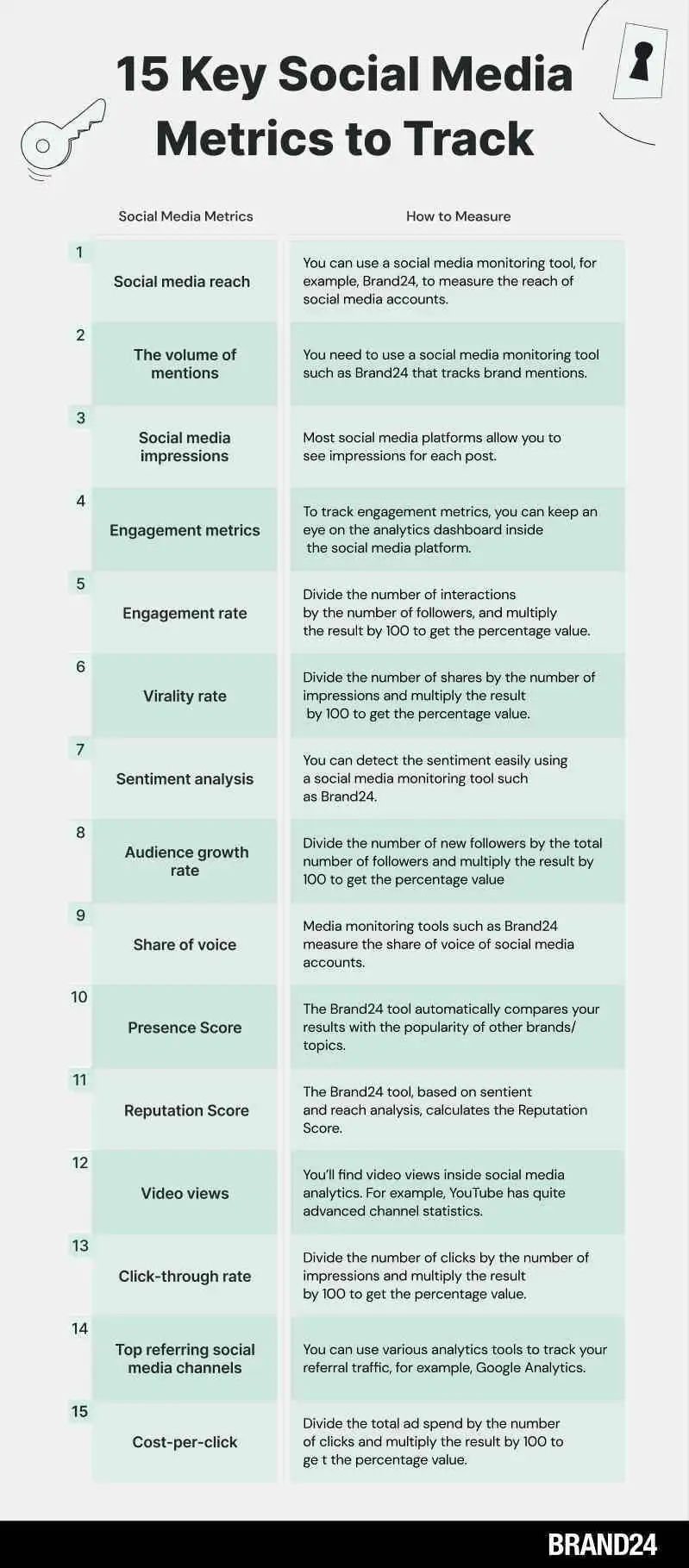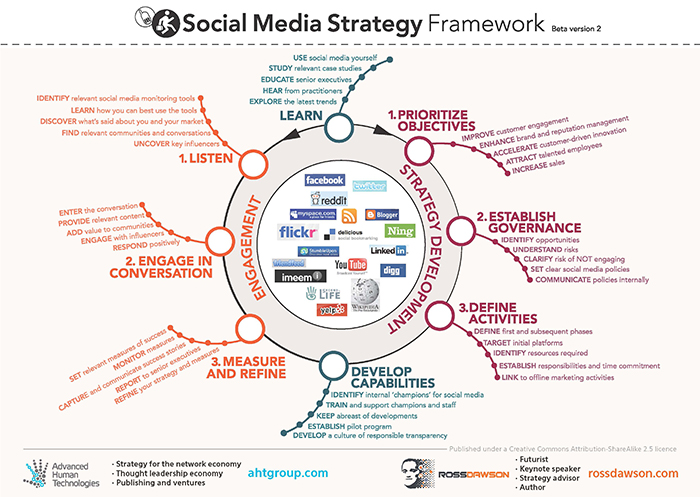Understanding Your Target Audience

Identifying and understanding the target audience is crucial in social media marketing. By pinpointing target demographics, businesses can tailor content to meet specific consumer needs. Analyzing audience behavior offers insights into preferences and online habits. This allows for more precise targeting in future campaigns. Leveraging data analytics tools can further enhance this understanding. With a clear grasp of the audience, marketers can create more effective strategies. This leads to higher engagement rates and improved ROI. Ultimately, knowing the audience is the foundation of a successful social media strategy.
Identifying target demographics

Businesses begin by examining their existing customer data to identify common attributes among the audience. This includes age, gender, income, education level, and geographic location. Surveys and questionnaires can provide deeper insights into consumer preferences and behaviors. Social media analytics tools further assist in pinpointing demographics by tracking user interactions and engagement. Understanding these characteristics allows businesses to segment their audience effectively. By doing so, they can craft more personalized and relevant marketing messages. In turn, this targeted approach enhances campaign effectiveness and drives better results.
Analyzing audience behavior

Analyzing audience behavior involves tracking how users interact with content. Businesses use analytics tools to monitor likes, shares, comments, and clicks. Understanding peak activity times helps schedule posts for maximum engagement. Heatmaps can reveal which parts of the page attract the most attention. Furthermore, examining the types of posts that generate the most interaction informs future content decisions. By closely studying these behaviors, businesses can refine their strategies to better meet audience preferences and increase overall engagement.
Developing a Social Media Strategy

Developing a Social Media Strategy
To achieve success, businesses must establish clear and attainable goals. They should prioritize setting SMART (Specific, Measurable, Achievable, Relevant, Time-bound) objectives. Additionally, it’s crucial to select the appropriate social media platforms that align with the target audience’s preferences. Tailoring strategies to each platform ensures maximum impact. Companies should also evaluate competitor activities for useful insights. By having a well-structured plan, businesses can optimize resource allocation and achieve significant growth in their social media marketing endeavors.
Setting SMART goals
Establishing clear objectives is crucial for successful social media marketing. Businesses must focus on setting SMART goals to ensure effectiveness. These goals should be Specific, targeting precise outcomes. They should also be Measurable, allowing for assessment of progress. Achievability is key, ensuring that goals are realistic and attainable. Relevance to the overall business strategy should be maintained to align efforts efficiently. Lastly, they must be Time-bound, with a clear deadline for achievement. This structured approach guarantees focused and meaningful outcomes.
Choosing the right social media platforms
Selecting appropriate social media platforms is essential for marketing success. Each platform has distinct user demographics and engagement patterns. Businesses should align platform selection with their target audience’s preferences. Analyzing data on user behavior and platform performance aids in making informed choices. It’s vital to consider the type of content that performs well on each platform. For example, visual content thrives on Instagram, while Twitter excels in real-time updates. Aligning business objectives with platform strengths ensures optimal reach and engagement.
Creating Engaging Content

Crafting engaging content is crucial for capturing audience attention. Effective content creation involves understanding what resonates with the audience. Diverse formats, such as videos, infographics, and blog posts, cater to different preferences. Regularly updating content keeps the audience interested and coming back for more. Using storytelling techniques makes content relatable and memorable. Additionally, integrating brand voice consistently ensures a cohesive message. Utilizing trending topics can boost relevance and engagement. High-quality visuals enhance appeal and help communicate messages effectively.
Content creation tips

Crafting compelling content requires thorough research and creativity. Professionals should focus on understanding customer pain points and addressing them directly. Using a mix of long-form posts, infographics, and videos can cater to diverse audience preferences. Maintaining a consistent publishing schedule helps in building anticipation among followers. Including clear calls-to-action guides the audience on the next steps. Implementing storytelling techniques enhances relatability and engagement. Lastly, proofread meticulously to ensure content is error-free and polished.
Utilizing visual media effectively
Visual media is crucial in social media marketing. High-quality images and videos capture attention instantly. Infographics simplify complex information, making it digestible. Live videos foster real-time interaction, boosting engagement. It is essential to maintain consistency in visual style to reinforce brand identity. Employing animations can make content more dynamic. Optimizing visuals for each platform ensures they display correctly. Incorporate captions in videos to enhance accessibility. Regularly updating visuals keeps the content fresh and relevant.
Building a Community
Engaging with followers is vital for a successful social media strategy. Responding promptly to comments and messages fosters trust. Recognizing and appreciating loyal followers can enhance relationship-building. Encouraging user-generated content helps create authentic connections. Sharing user-submitted posts and featuring audience stories demonstrate genuine engagement. Running contests and interactive polls can boost interaction. Additionally, hosting Q&A sessions facilitates direct communication with the audience. Consistent activity keeps the community vibrant and promotes a sense of belonging among followers.
Engaging with followers
Responding promptly to followers’ comments and messages is essential. Acknowledge their input to foster trust and loyalty. Personalized responses can make interactions feel more genuine. Highlighting loyal followers through shout-outs or featuring their content builds deeper connections. Hosting live Q&A sessions offers direct communication, enhancing engagement. Interactive elements like polls and contests also encourage participation. Regular and authentic engagement creates a sense of community, strengthening the overall bond between the brand and its audience. Dynamic interaction keeps the community vibrant and involved.
Encouraging user-generated content

Brands can boost engagement by encouraging user-generated content (UGC). UGC builds trust as it showcases authentic experiences. Prompt followers to share their stories or reviews. Create unique hashtags to easily find and organize this content. Feature user photos or testimonials on brand channels. This not only recognizes loyal customers but also attracts new ones. Hosting contests or challenges incentivizes participation. UGC serves as powerful social proof, enhancing credibility. It also helps in diversifying content and keeping the brand voice fresh and relatable.
Analysing Performance and Making Adjustments

Assessing social media performance is essential for optimizing strategies. Brands must track key metrics such as engagement rates, click-through rates, and conversion rates. Analyzing data helps identify what content resonates with the audience. Regular reviews enable marketers to spot trends and adjust tactics accordingly. By focusing on data-driven insights, companies can enhance their campaigns for better results. Using analytics tools can streamline this process, providing actionable recommendations. Adapting strategies based on consistent monitoring ensures sustained growth and improved ROI in social media marketing efforts.
Tracking key metrics

Tracking performance metrics is critical for effective social media marketing. Key metrics include engagement rates, click-through rates, and conversion rates. Monitoring these metrics helps brands identify successful content strategies. By regularly analyzing this data, businesses can determine what resonates with their audience. Tools like Google Analytics and native platform insights provide valuable data. This information is essential for optimizing ongoing campaigns. Regularly reviewing metrics ensures that strategies are continuously refined for better performance and increased ROI.
Adapting strategies based on data
Adapting strategies is crucial for maintaining an effective social media presence. When data shows low engagement or poor performance, adjustments are necessary. Brands should analyze trends and pinpoint areas needing improvement. Modifying the content mix, posting times, or engagement approaches can make a difference. Experimenting with new tactics and iterating based on real-time feedback keeps strategies relevant. Additionally, successful case studies within the industry can offer valuable insights. Ultimately, data-driven adaptations lead to more impactful campaigns and better audience connection.
Conclusion

Recapping the journey, social media marketing success hinges on several strategic steps. From understanding the target audience to creating engaging content, each phase plays a pivotal role. Tracking key metrics and adapting strategies based on data ensure ongoing relevance and impact. Looking ahead, future trends like augmented reality (AR) and artificial intelligence (AI) will shape the landscape. Brands must stay agile and informed. Continuous learning and adaptability remain essential for thriving in the ever-evolving world of social media marketing.
Recap of strategic steps for social media marketing success
A successful social media marketing strategy begins with understanding the target audience, identifying key demographics, and analyzing audience behavior. Setting SMART goals and choosing the appropriate social media platforms are essential next steps. Content creation should focus on engaging and visually appealing materials. Building a community involves active engagement with followers and promoting user-generated content. Regular performance analysis through key metrics allows for strategic adjustments. These steps collectively ensure a dynamic and effective social media presence.
Future trends in social media marketing

Brands need to stay ahead of emerging trends. AI and machine learning are increasingly essential for personalizing user experiences. Short-form video content continues to dominate, with platforms like TikTok leading the way. Influencer marketing is shifting towards micro and nano-influencers, offering higher engagement rates. Augmented Reality (AR) tools are creating immersive experiences. Social commerce is growing, with in-app shopping features becoming more prevalent. By leveraging these trends, companies can maintain a vibrant and effective social media presence.




